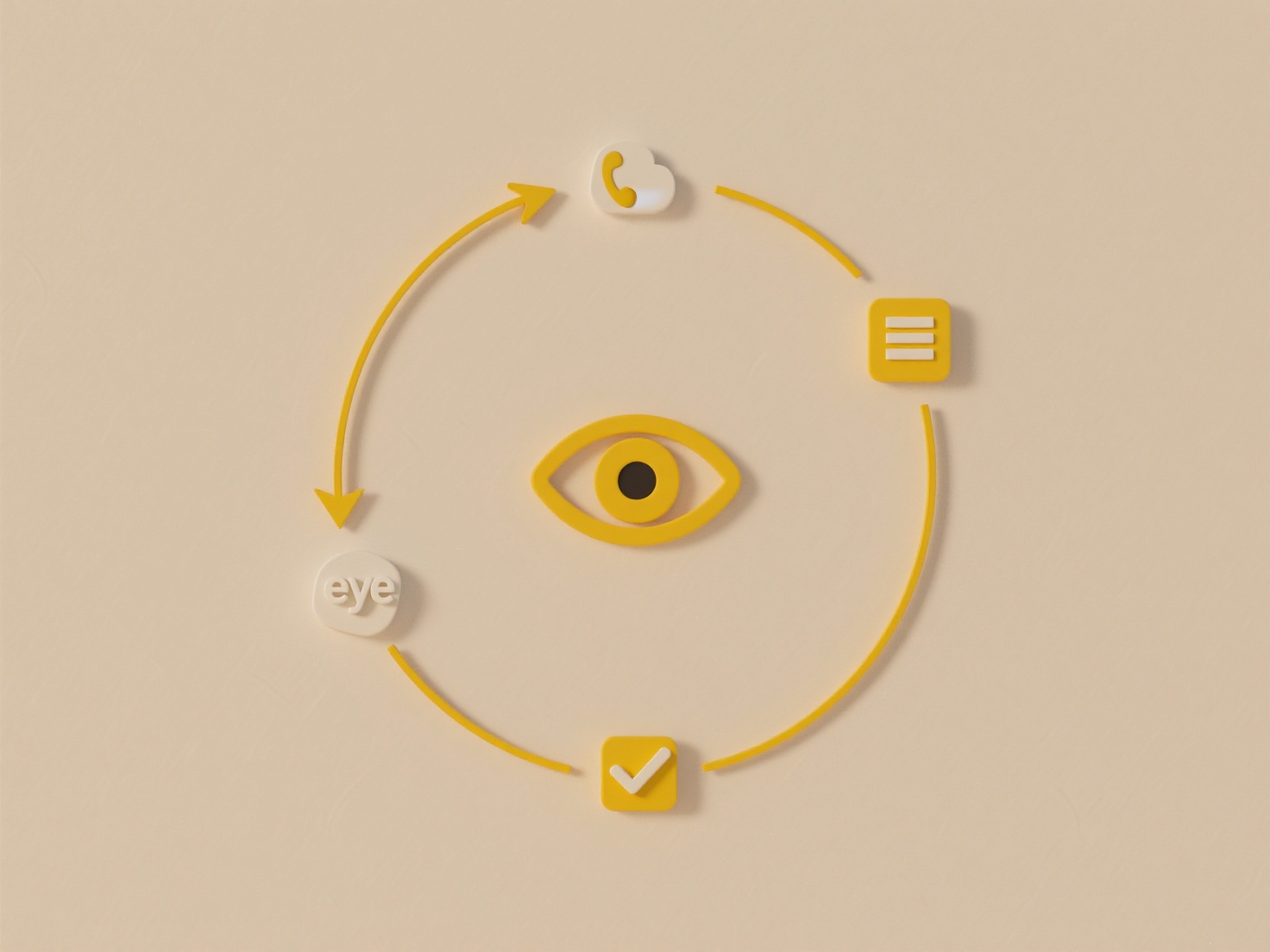
Restricting file version history limits who can view or restore previous iterations of a document stored in systems with version control. Unlike basic permissions that govern current file access, this specifically targets the visibility and use of the file's historical states. Version control automatically saves snapshots as files are modified, and restriction mechanisms allow administrators or owners to control access to these past snapshots separately from the latest version.
This capability is vital in content management systems (CMS) like SharePoint, where a legal team might edit sensitive contracts but restrict junior members from viewing negotiation drafts in the history. Similarly, in design platforms like Figma, a lead designer could allow the team to work on the current mockup while locking down access to discarded experimental versions stored in the history.

Key benefits include enhanced security for sensitive iterations and audit compliance, but limitations arise if restrictions hinder necessary collaboration or historical review. Ethically, clear policies are needed to balance transparency with confidentiality. Future developments may offer more granular automated controls based on content sensitivity within versions, simplifying secure collaboration.
Can I restrict access to file versions or history?
Restricting file version history limits who can view or restore previous iterations of a document stored in systems with version control. Unlike basic permissions that govern current file access, this specifically targets the visibility and use of the file's historical states. Version control automatically saves snapshots as files are modified, and restriction mechanisms allow administrators or owners to control access to these past snapshots separately from the latest version.
This capability is vital in content management systems (CMS) like SharePoint, where a legal team might edit sensitive contracts but restrict junior members from viewing negotiation drafts in the history. Similarly, in design platforms like Figma, a lead designer could allow the team to work on the current mockup while locking down access to discarded experimental versions stored in the history.

Key benefits include enhanced security for sensitive iterations and audit compliance, but limitations arise if restrictions hinder necessary collaboration or historical review. Ethically, clear policies are needed to balance transparency with confidentiality. Future developments may offer more granular automated controls based on content sensitivity within versions, simplifying secure collaboration.
Quick Article Links
What is a .tiff file used for?
A TIFF file (Tagged Image File Format) stores high-quality raster images using lossless compression, preserving all orig...
How do I rename a file on macOS?
Renaming a file on macOS involves changing the text displayed as its name within the Finder. This is distinct from movin...
What causes page breaks to shift?
Page breaks shift due to dynamic content changes affecting a document's layout. These separators between printed pages m...